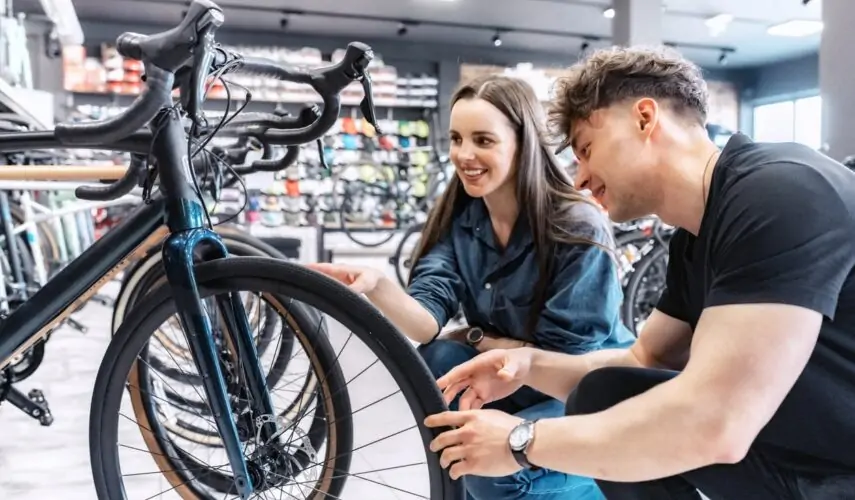How to Choose the Perfect Bike for Your Lifestyle and Budget
Choosing the right bike can be an overwhelming task, especially with the plethora of options available in today’s market. Your choice should align with your lifestyle, riding needs, and budget. Whether you’re commuting, exploring trails, or training for races, this guide will help you make an informed decision.
1. Determine Your Purpose
The first step is identifying how and where you plan to use your bike. Ask yourself:
- Will you be using it for daily commutes?
- Are you looking for a bike for leisure rides?
- Do you want a bike for off-road trails or mountain biking?
- Are you training for a race or triathlon?
Your answers will guide you toward a specific type of bike, such as road bikes, mountain bikes, hybrid bikes, or e-bikes.
2. Understand the Types of Bikes
Here are the most common types of bikes and their ideal uses:
- Road Bikes: Designed for speed and efficiency on paved roads, perfect for commuters and racers.
- Mountain Bikes: Built for off-road terrain with rugged frames, wide tires, and excellent suspension.
- Hybrid Bikes: A mix of road and mountain bikes, ideal for casual riders and urban commuting.
- Cruiser Bikes: Comfortable and stylish, best for leisurely rides on flat terrain.
- Electric Bikes (E-Bikes): Equipped with a motor to assist pedaling, great for longer rides or hilly commutes.
3. Set a Budget
Bikes come in a wide price range, from affordable models for beginners to high-end bikes for professionals. Consider:
- Entry-Level Bikes: Suitable for casual riders or beginners, typically priced between $300 and $1,000.
- Mid-Range Bikes: Great for enthusiasts, with better components and performance, costing $1,000 to $3,000.
- High-End Bikes: Designed for serious cyclists and competitors, often priced above $3,000.
Factor in additional costs for accessories like helmets, locks, lights, and maintenance tools.
4. Consider Frame Material
The bike’s frame material affects its weight, durability, and price. Common materials include:
- Aluminum: Lightweight, affordable, and corrosion-resistant.
- Steel: Durable and smooth-riding but heavier.
- Carbon Fiber: Ultra-light and strong, ideal for performance bikes, but expensive.
- Titanium: Combines durability and lightness, often found in high-end bikes.
5. Check the Fit
A bike that doesn’t fit properly can lead to discomfort or even injury. Visit a bike shop to get your measurements taken and ensure the frame size matches your height and riding style. Key aspects of fit include:
- Saddle height
- Handlebar position
- Distance from the seat to the pedals
6. Test Ride Before You Buy
Whenever possible, test ride the bike to assess comfort, handling, and performance. Pay attention to:
- How it feels during turns and stops
- The smoothness of gear shifting
- Overall ride quality
7. Research Reviews and Brands
Do your homework by researching reputable brands and reading reviews from other cyclists. Trusted brands often offer better warranties and customer support.
8. Think About Maintenance
Consider how much maintenance the bike will require. Simpler models with fewer gears and components tend to be easier and cheaper to maintain. If you’re not mechanically inclined, factor in the cost of professional tune-ups.
9. Evaluate Additional Features
Look for features that align with your needs, such as:
- Multiple gears for varied terrain
- Suspension for off-road rides
- Lightweight designs for easier transport
10. Explore Financing Options
If your dream bike is slightly out of budget, explore financing plans or second-hand options. Many bike shops and online retailers offer payment plans to make high-quality bikes more accessible.
Final Thoughts
Choosing the perfect bike is about finding the right balance between your needs, lifestyle, and budget. By taking the time to research and test options, you can invest in a bike that brings joy and utility for years to come. So, gear up, and let your cycling journey begin!




